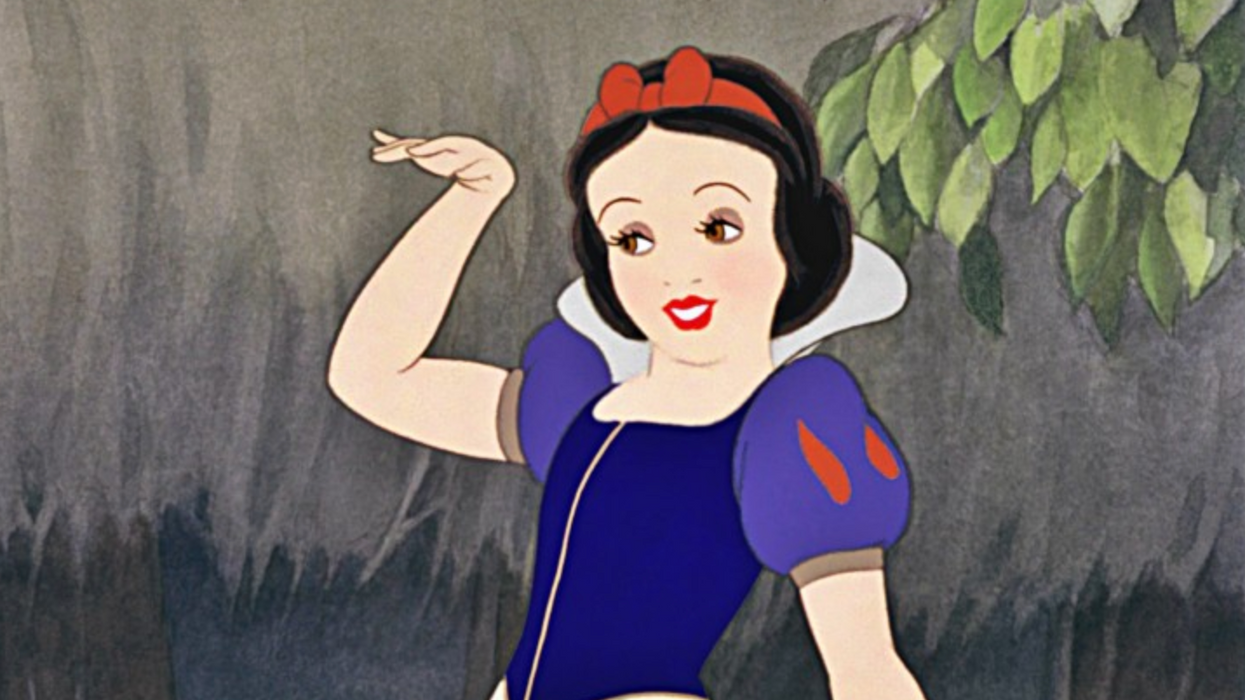Watch: How Inventors Pre-Disney Impacted the Future of Animation
A concise and detailed history of early animation.

It's a common misconception thatWalt Disney’s Snow White and the Seven Dwarfs was the first animated feature film ever created. While it may have been the most successful at the time, Mr. Disney owed quite a bit of creative and technological debt to the pioneers of animation preceding him.
In his latest video essay, The Royal Ocean Film Society’s Andrew Saladino breaks down how exactly the earliest animators evolved the medium to the point where Disney could really run with it. Essentially, the evolution of animation has always been about how to make the process simpler and speedier.
Many of the earliest forms of animation were either created out of a combination of cardboard figures and light, clay figures, or paper and ink. Vaudeville was a major influence on the pioneers of animation, as sound had yet to debut and much of the interest came from the medium's ability to astound through “tricks and illusions.” At the time, this trait that was shared as the main draw for live-action films as well.
Who were the most important players and what did they bring to the table? Saladino starts off with Windsor McKay. McKay was the inventor of keyframing, a technique in which the first and final shots are established first and then every action in the middle is drawn out to fill the space between.
McKay used this technique until another animator Earl Hurd developed a new technique called cel animation. This new style made animation a more collaborative affair. The image isn’t drawn by one person all at once, but rather aspects of the image are drawn separately and then compiled and composited together. As Saladino notes, this saved an enormous amount of time as it meant animators now only had to re-draw the elements of the image that featured movement.
Which brings us to Disney who, building off of the innovations of his predecessors, created perhaps the most important product of the medium preceding the birth of CGI...
Next came the Fleischer Brothers, the inventors of the concept of rotoscoping. This is the process of taking live-action footage and animating directly over it. This made animated motion much more fluid and human-like.
Which brings us to Disney who, building off of the innovations of his predecessors, created perhaps the most important product of the medium preceding the birth of CGI: the multiplane camera. Essentially what this did was separate the different elements of the image into several layers, which then allowed the animators to play with perspective.
Were there other early leaders within the field of animation that helped advance the artform? Let us know in the comments down below and we want names!
Source: The Royal Ocean Film Society











